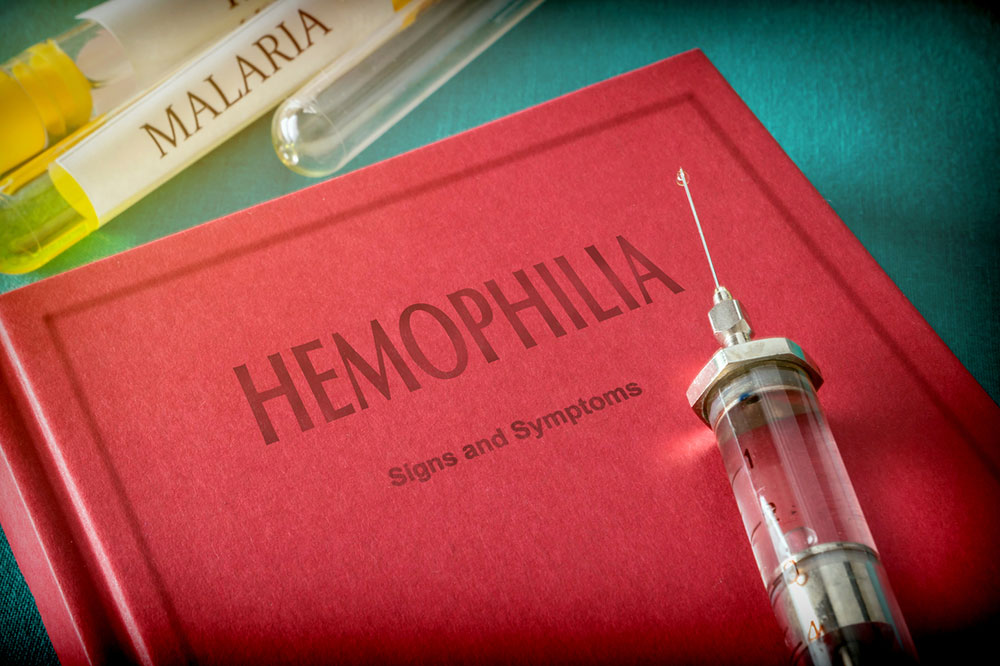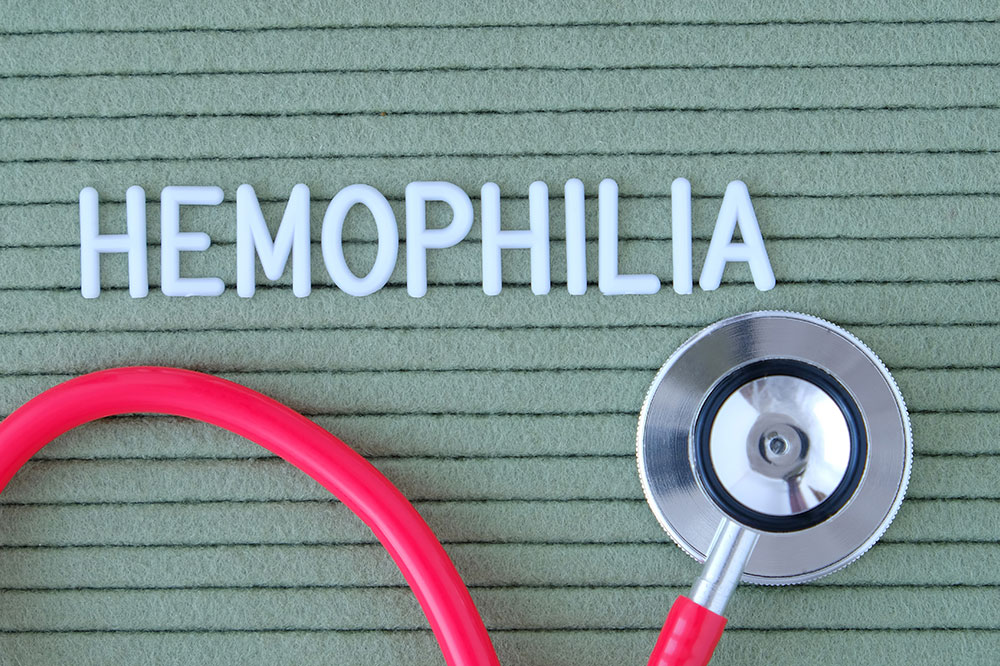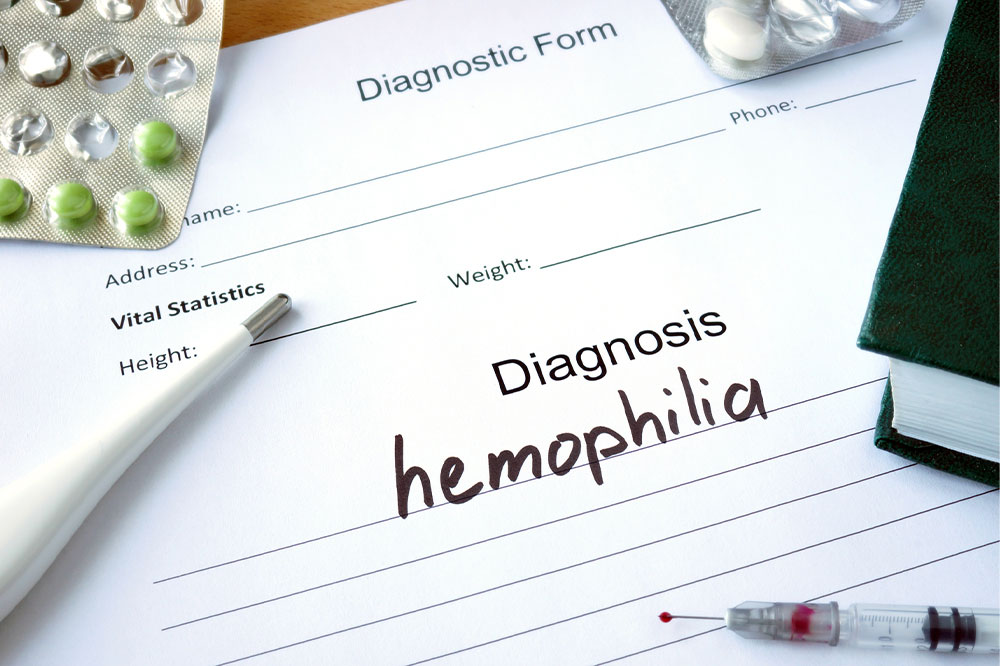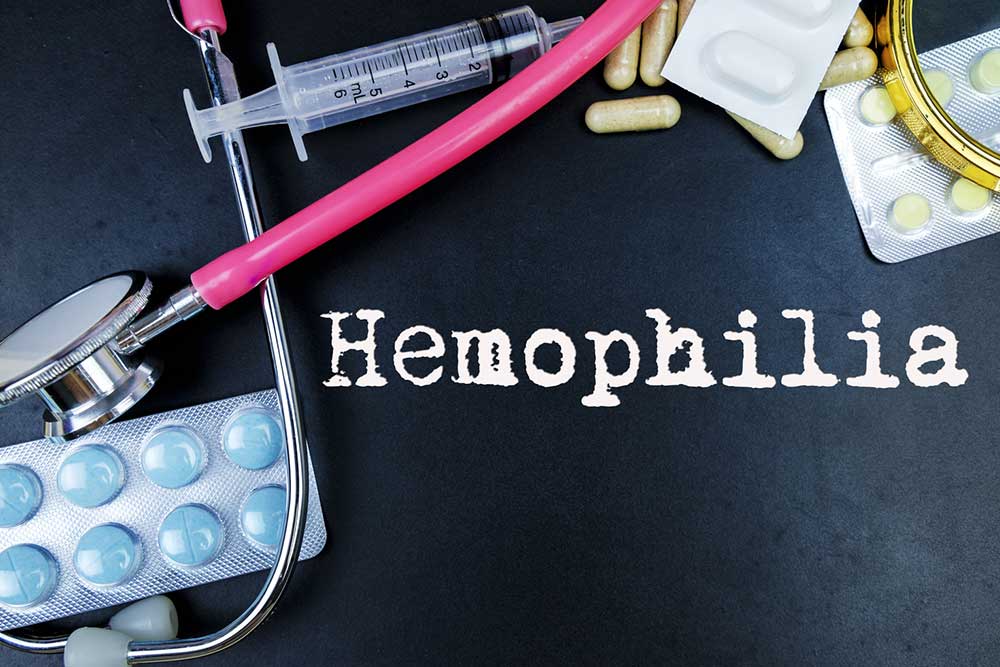Comprehensive Guide to Hemophilia: Recognizing Symptoms and Understanding Severity Levels
This detailed article provides comprehensive insights into hemophilia, its symptoms, and the varying severity levels from mild to severe. It emphasizes early detection and treatment strategies to help manage the condition effectively, preventing serious health complications.

Comprehensive Guide to Hemophilia: Recognizing Symptoms and Understanding Severity Levels
Hemophilia is a rare genetic bleeding disorder that profoundly impacts the body’s ability to heal itself after injuries. This condition arises when the body lacks specific proteins called clotting factors, which are essential components in the blood coagulation process. Normally, when an injury occurs, these clotting factors work in unison to form a stable clot, effectively stopping bleeding. However, in individuals with hemophilia, this process is impaired, leading to prolonged bleeding episodes that can occur both externally—such as cuts or surgical wounds—and internally, affecting joints, muscles, and vital organs.
Understanding hemophilia requires awareness of its various forms and the spectrum of symptoms that can manifest. The severity of the condition depends largely on the amount of clotting factor the body is missing. Mild cases may not be immediately noticeable, while severe cases often lead to spontaneous bleeding episodes that require urgent medical attention. Recognizing the signs early is pivotal for effective management and to prevent long-term health complications, including joint damage, internal hemorrhages, and other life-threatening issues.
In this comprehensive guide, we delve into the three main severity levels of hemophilia—mild, moderate, and severe—and outline their typical symptoms, potential risks, and the importance of timely treatment.
Mild Hemophilia
Individuals with mild hemophilia often lead relatively normal lives, as their symptoms are less obvious and bleeding episodes are less frequent. Many may not experience any symptoms until they undergo trauma or surgery. For example, after dental procedures, surgeries, or major injuries, they might bleed excessively if proper precautions aren't taken. Women with mild hemophilia, often carriers of the gene, may experience heavy menstrual bleeding or excessive bleeding during childbirth, which requires careful planning and monitoring by healthcare professionals.
Though mild hemophilia might not show prominent symptoms in daily life, understanding the condition remains crucial, especially for those undergoing invasive procedures. Some individuals might experience repeated unexplained bruising or prolonged bleeding from minor cuts, which could be indicative of mild hemophilia. It's essential to consult healthcare providers for diagnosis and management strategies to minimize risks associated with bleeding.
Moderate Hemophilia
People with moderate hemophilia tend to experience more noticeable symptoms than those with mild forms. They often bruise with ease and can suffer from bleeding episodes without any apparent injury—sometimes spontaneously. Spontaneous bleeding into joints, muscles, or soft tissues is common, especially if treatment is not administered promptly. Children with moderate hemophilia might show signs early in life, such as frequent bruising, bleeding from small cuts, or unexplained pain and swelling in joints.
This level of hemophilia may significantly impact quality of life, as patients may experience recurrent bleeding episodes that interfere with daily activities. Without proper management, repeated joint bleeds can lead to arthropathy—a chronic joint disease characterized by pain, swelling, and reduced mobility. Medical interventions typically involve regular infusions of clotting factors to prevent or treat bleeding episodes, alongside physical therapy to preserve joint function.
Severe Hemophilia
Severe hemophilia represents the most intense form of the disorder, affecting individuals who have little to no clotting factor activity. These patients often experience spontaneous bleeding episodes that occur without any apparent cause, and such bleeding can be life-threatening if not treated immediately. Common sites for spontaneous bleeding include joints, leading to joint deformities if untreated, as well as internal organs, muscles, and the brain.
Children with severe hemophilia might begin showing symptoms in infancy, such as frequent bleeding from minor injuries or even during routine activities. A notable risk is intracranial hemorrhages—bleeding within the brain—which can cause severe neurological damage or be fatal. Nosebleeds can also be recurrent and difficult to control. In some cases, even minor head injuries or bumps can provoke serious brain bleeds, underscoring the importance of vigilant medical care.
Managing severe hemophilia requires constant vigilance, regular administration of clotting factor concentrates, and close monitoring by hematology specialists. Advances in treatment have improved life expectancy and quality of life for these patients, but prompt medical intervention remains critical to avoid long-term complications such as chronic joint damage, nerve damage, or life-threatening bleeds.
Overall, recognizing these symptoms and understanding the severity levels of hemophilia can significantly influence treatment outcomes. Early diagnosis, regular management, and education about the condition are essential steps in reducing the risks associated with this complex bleeding disorder. If symptoms are observed, consulting a healthcare professional immediately ensures that appropriate measures are taken to prevent severe health consequences and improve the patient's longevity and well-being.





